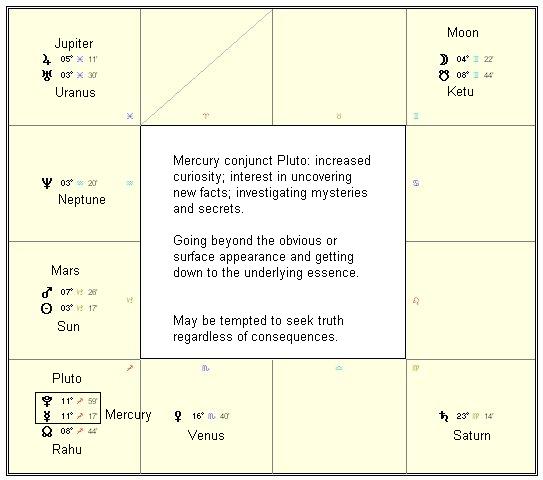
Week of January 17th

Week of January 17th
The internet was all abuzz last week about the "new" and corrected zodiac and the supposed 13th sign of the zodiac, Ophiuchus. Mostly it was a case of old wine in new bottles as astrologers on both sides of the zodiac divide have long known how the signs of the Western tropical zodiac do not match the physical location of their constellations. It was a very strange experience to read this in the media as if it was news. Hasn’t anyone told these astronomers that the gap between the star-based sidereal and season-based tropical zodiacs is two thousand years old?
This article explains how one little news release got picked up by Twitter and was endlessly repeated and eventually snowballed into a major news story. It turns out there is nothing new here at all; it was just a press release picked up on a slow news day. The 13th zodiac sign of Ophiuchus is also old news for most astrologers as it has been posited as a possible astrological update to the zodiac for several decades now. The constellation was known as far back as Ptolemy, who himself was an astrologer and chose to omit it from the twelve zodiac signs. While this may spark some new interest in Ophiuchus, I’m not expecting any radical new breakthroughs here.
I don’t think any of these alleged news stories amount to very much because they assume that astrology requires an exact correspondence between the constellation in the sky and in the horoscope. This was never the case, although the sidereal zodiac that is used in Vedic astrology is based on the approximate correct locations of the constellations. The sidereal zodiac is more faithful to the actual location of the constellations than the Western tropical zodiac.
But even here, there is slippage: the sidereal zodiac evens out the length of each constellation to equal 30 degree sections instead of retaining the irregular width of each constellation. To view them in the sky, one sees that Virgo, for example, is actually 44 degrees wide, while Cancer is only 20 degrees wide. The Western zodiac is even more out of sync with the stars since their signs are based on the equinoxes and seasons. As a result, a person who is born on April 1 is an Aries in the Western system but is considered a Pisces in the sidereal zodiac. And that means that on April 1, the Sun was actually transiting through the constellation of Pisces as it was seen in the sky. Maintaining that essential integrity of the constellations is what the sidereal zodiac in Vedic astrology attempts to do, even if it does engage in some artful rounding for aesthetic and mathematical reasons.
This week features a conjunction of Mercury and Pluto on Monday which may focus our attention on the difference between surface appearance and underlying essence. As the planet of intelligence and perception, Mercury is a cerebral energy that governs how we make rational sense of the world. Pluto’s willpower and drive to attain goals can transform normal human curiosity into a much deeper fascination with the process of discovery and the uncovering of secrets. As a result, this Mercury-Pluto conjunction can highlight the need for doing research and looking beyond the obvious. So this week there may be situations where quick acceptance of the apparent facts is unsatisfying; there may be a need to investigate further.
A state of unknowing can be stressful, so there can be deeply felt urge to uncover truths and get to the heart of the matter. The warning here is that Pluto’s intense willpower can sometimes prompt us to engage in deceitful behaviour where the ends justify the means. But knowledge worth knowing is best acquired through fair and ethical means. An appropriate thought perhaps as our American friends this week celebrate the life and work of Dr. Martin Luther King, Jr.
The Vedic sun signs will return soon.
Have a great week,
Chris

